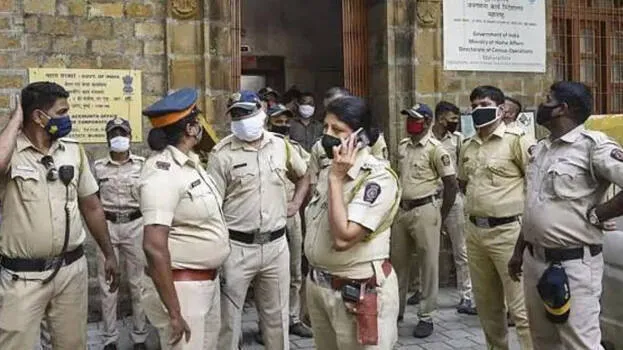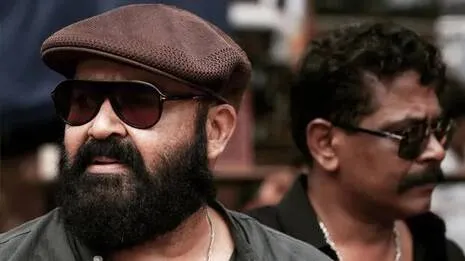
The boy from Macksville, a small town pocketed between Sydney and Brisbane, formed a habit. With each century scored, he would collect the match ball, scribble the date and score by the seam. They filled up baskets.
His father – a banana farmer who set up the bowling machine, drove him around, did whatever love asks – reckoned he had hit 68 or 70 hundreds before leaving home at the age of 17. The runs, never-ending, turned him into an almost mythical creature, a whisper that travelled through towns and into the city. As a 12-year-old he shared a player of the competition award with a 37-year-old.
The biography of Phillip Hughes, written affectionately by the Australian journalists Malcolm Knox and Peter Lalor, is the source of these stories and more. I’ve spent the past week turning through it, remembering what Hughes was: a prodigy. At 19, Hughes was the youngest to score a hundred in the final of the Sheffield Shield.
At 20, came a Test cap. A few days later, the youngest to score two hundreds in a Test match, at Durban against a pace attack that does not need first-name recognition: Steyn, Morkel, Nitini and Kallis. A few years down the line Hughes became the first Australian to hit a century on one-day-international debut.
A year and a half later he became the first from the country to hit a List-A double-hundred. He did it his own folksy way with a technique that could upset the prudes, high backlift to go with a cut shot for the snappers, punctuated with a flourish of the hands. Despite his obvious talent, when Hughes walked out to bat in a first-class match at the Sydney Cricket Ground 10 years ago this month, he found himself out of Australia’s red-ball side.
He had been dropped several times, victim to a more old-world style of selection. Time and a bit of trust would have unlocked an international batter not dissimilar to Travis Head, his younger teammate at South Australia. When batting at the SCG he was pushing again for another shot at Test cricket, a series against India lingering close by.
This is where the story tragically stops. Unbeaten on 63 against his former state team, New South Wales, a bouncer struck Hughes on the neck, the injuries resulting in his death two days later, three days away from what would have been his 26th birthday. It remains unlike any other moment cricket has experienced, a tragedy amplified by the innocence of the event.
Hughes was batting, as he had done his whole life, playing the same game we all play: be it in the backyard, maidan or village green. Those who did not know him grieved by posting pictures of their bats, left out for Hughes, one of those rare moments social media offers genuine warmth. Brendon McCullum’s New Zealand were in the middle of a Test against Pakistan in Sharjah when they learned of Hughes’s death.
He told his tearful players that nothing they would do over the match would be judged, that there would be no consequences for failure. None of this really mattered after what had happened. They would end up scoring 690 at close to five an over, winning by an innings, changing the way McCullum approached the game.
Hughes’s funeral was broadcast and attended by revered names, including Virat Kohli and Brian Lara. Michael Clarke, his captain and close friend, spoke movingly about Hughes’s spirit: “I hope it never leaves.” Then, somehow, play resumed.
Within days came a Test match at Adelaide where Mitchell Johnson, who had terrorised England a year earlier, felt sick after striking Kohli on the helmet. “Michael Clarke grabbed me and steered me back to my run-up, tried to get me to think about the next ball.” Johnson wrote in his autobiography.
“He said it was just part of the game, get on with it. I think it was a difficult moment for him as well.” Hughes remained at the forefront of minds when Australia were victorious, too, the players celebrating Nathan Lyon’s final wicket by sprinting to the 408 emblazoned on the outfield, their late teammate’s Test cap number.
Has the game changed since? The question crops up most Novembers. Helmet safety has evolved with the use of neck protectors and more attention has steadily been paid to the dangers of concussion, highlighted by the introduction of substitutes for the injury. The bouncer and its place in the game has prompted some discussion.
In 2021, the MCC began a “global consultation” to see whether the laws relating to the short ball needed adjustment but the answer, revealed a year later, was for the status quo to remain. “The results of the consultation show that short-pitched bowling, within the Laws, is an important part of the makeup of the sport and in fact, to change it would materially change the game,” said Jamie Cox, the club’s then assistant secretary. But Hughes still comes to mind whenever someone’s helmet takes a blow.
Those who were there at Lord’s in 2019, when Steve Smith fell to the floor after feeling the force of Jofra Archer, will remember the awful, brief hush that came with it, the fright that did not leave until Smith returned to his feet. That threat will never leave. The tributes will be plentiful for Hughes in the next few days, recalling not just his talent but the universal love he garnered from teammates, the alternative view he offered when on the field.
As Clarke recalled a decade ago: “Things were always put into perspective when Hughesy said: ‘Where else would you rather be, boys, than playing cricket for your country?’” The life of a Pakistan cricket fan is not one for those seeking tranquillity. After securing a surprise ODI series win in Australia to go with last month’s Test triumph over England, the visitors were on the end of a whitewash in the three-match T20 series that finished on Monday. The real drama was taking place off the field.
On Sunday, ESPNcricinfo reported that Aaqib Javed, part of the men’s selection committee, was to replace Jason Gillespie as head coach in all formats. The Pakistan Cricket Board denied the story on social media, stating that Gillespie – the red-ball coach who has been in an interim role with the white-ball side – was to take charge in their upcoming two Tests against South Africa ..
. while failing to offer clarity on his future beyond that assignment. The next day Javed was announced as Pakistan’s interim white-ball coach while remaining a selector.
The PCB’s volatility remains unmatched across the world game’s administration. Allan Border was my favourite Australian player. He’s the boss of the boss.
He gave me his cricket bat. But my No 1s are Viv Richards and Botham” – former Italy striker Christian Vieri . Don Bradman strolls out to bat against Worcestershire on Australia’s tour of England in 1948.
Bradman’s side went unbeaten across the entire summer, playing 34 matches and winning the Test series 4-0. Bradman’s Test career concluded at the Oval, where a duck, courtesy of Eric Hollies, stopped him from claiming a batting average of 100. England interim white-ball coach Marcus Trescothick was delighted with England’s on West Indies tour.
Counties have been warned by the ECB to spend ring-fenced cash on women’s game , reports Raf Nicholson. Cricket Australia officials are hopeful of attracting 90,000 fans for the Boxing Day Test against India this year. Jack Snape and Josh Nicholas have more ”.
Five to watch: India players old and new who can shape the Test series against Australia. . .
.. by writing to .
To subscribe to The Spin, and follow the instructions..














